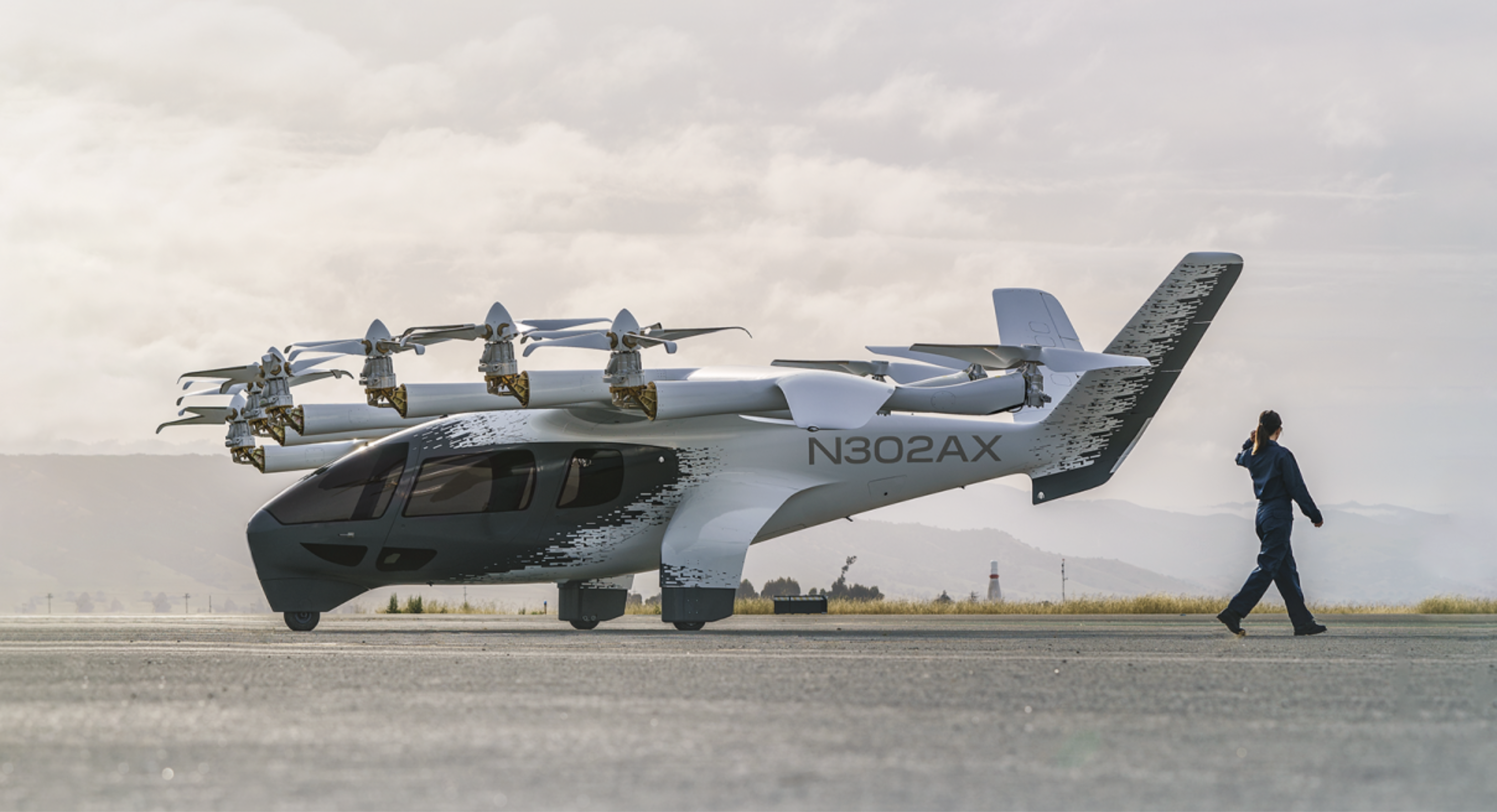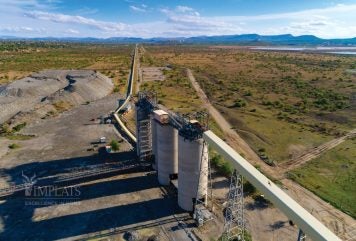Downhole Monitoring Basics: How utilizing real-time downhole data can help maximize production
This is part 3 in our series of posts where we are going back to the basics covering the high-level benefits of the real-time downhole data that downhole monitoring systems provide.
As our industry quickly transitions to data-driven operations we hope to provide a resource detailing the ways that modern technology such as real-time downhole monitoring systems can provide greater optimization and profitability.
To learn more about the benefits of real-time downhole monitoring as it relates to operational safety, maximizing EUR, reducing operating costs, and reducing capital costs visit the GEO PSI Blog
Operational Profitability
As with any business, oil & gas producers need to manage their operations such that their costs and revenue result in profits.
For producers, this means that they need to manage their capital costs and operational costs, all while maximizing their production. To do this they need to maximize their online time, avoid any preventable or pre-mature system failures, and make sure that they maximize the optimization of their system so as to squeeze every barrel (and subsequently every dollar) out of their well.
This balance between these key factors can be difficult to manage without the appropriate real-time downhole data, and turns what should be a precise science into a bit of a guessing game.
As is shown below, the difference a real-time downhole monitoring system can make to bottom-line profitability can be significant. Not only by the means of reducing costs but also through maximizing production and getting more barrels per dollar.
Net Profitability & Production Optimization Without Real-Time Downhole Monitoring System
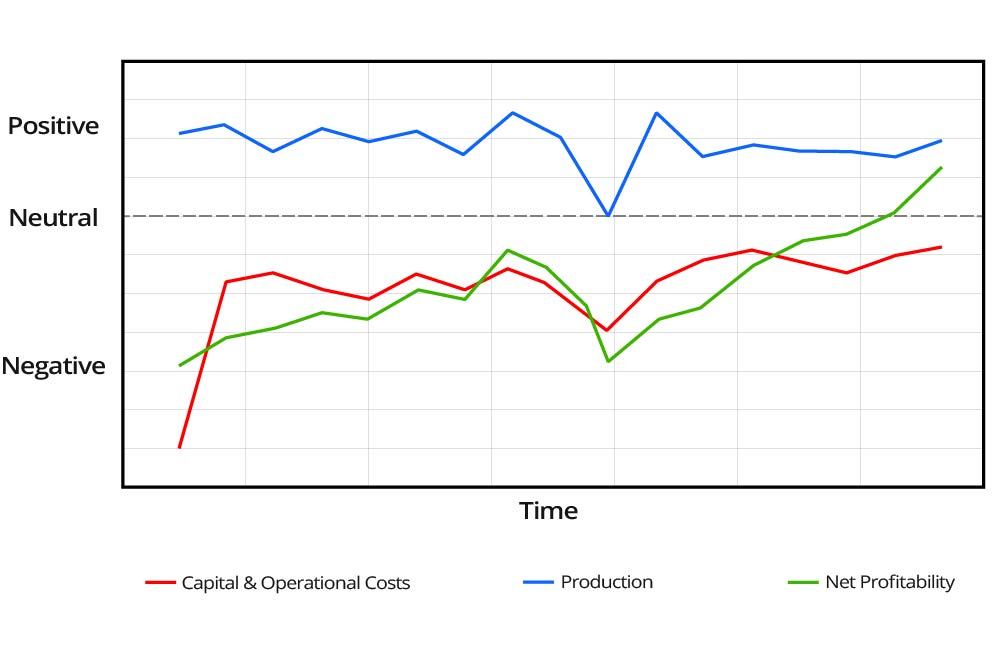
Values used for example only
Net Profitability & Production Optimization With Real-Time Downhole Monitoring System
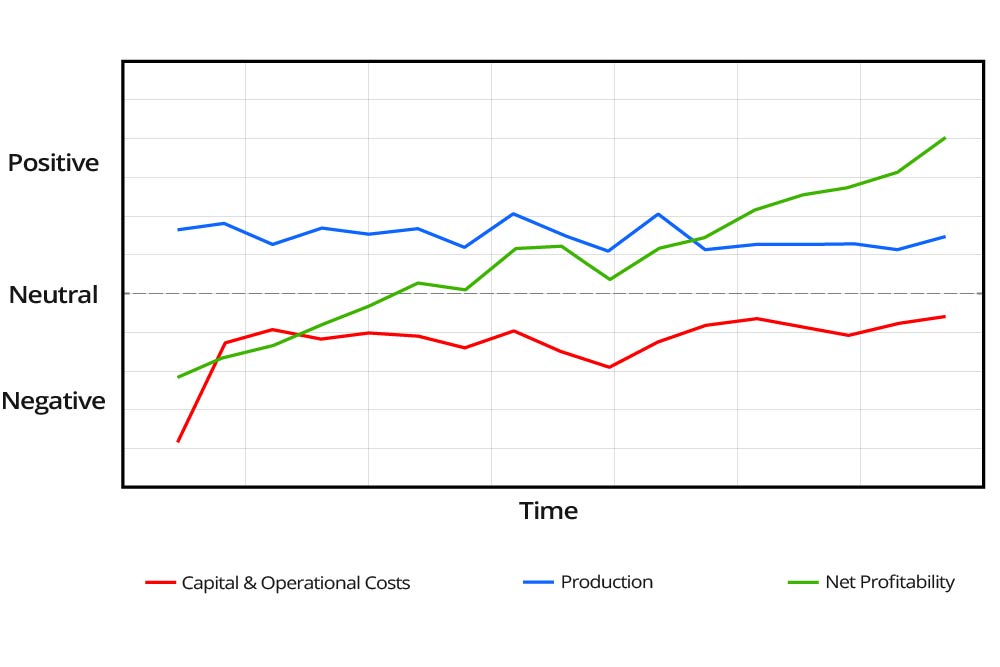
Values used for example only
Measuring Operational Efficiency
As we often say, “You can’t manage what you don’t measure“.
In order to know if your production operations are optimized or to understand the effects of a workover, you need to track key variables such as Downhole Intake & Discharge Pressure, Temperature, Vibration, Etc…
This real-time downhole data allows you to accurately track if the results of your continuous operations or workovers are as desired or expected. When compared with the alternative of essentially operating ‘blind’ or using inaccurate lagging data the benefits to these accurate real-time data points become clear.
For example, the current efficiency of most artificial lift pumps is based on the calculated assessment of different variables such as production rate & periodic fluid level. Not only is there significant room for error between the calculated values and reality but in the case of fluid level, methods of obtaining data points such as fluid shots are notoriously innacurate.
The engineers have to leave a significant margin of error on these values to ensure the pump does not break down if the level drops earlier than expected. This means that there is often production potential left on the table in order to play it safe.
How Downhole Monitoring Helps
Every Production engineer’s key job function is to maximize production as fast as possible, at as low of a cost as possible without impacting safety, the environment, or EUR. With downhole monitoring, engineers can go from using theoretical historic data and calculated estimates, to optimizing production with highly accurate and reliable real-time information.
Most of the time with unexpected failures or unplanned workovers, it is one of the factors where the calculated assumptions are wrong or lagging when compared to the real-time dynamics of the reservoir. This is where a continuous real-time downhole monitoring system can make a drastic difference.
In layman’s terms, it is like analyzing a blurry single photo vs. a high definition time-lapse to observe changes. Or looking at intermittent snapshots vs. a live video.
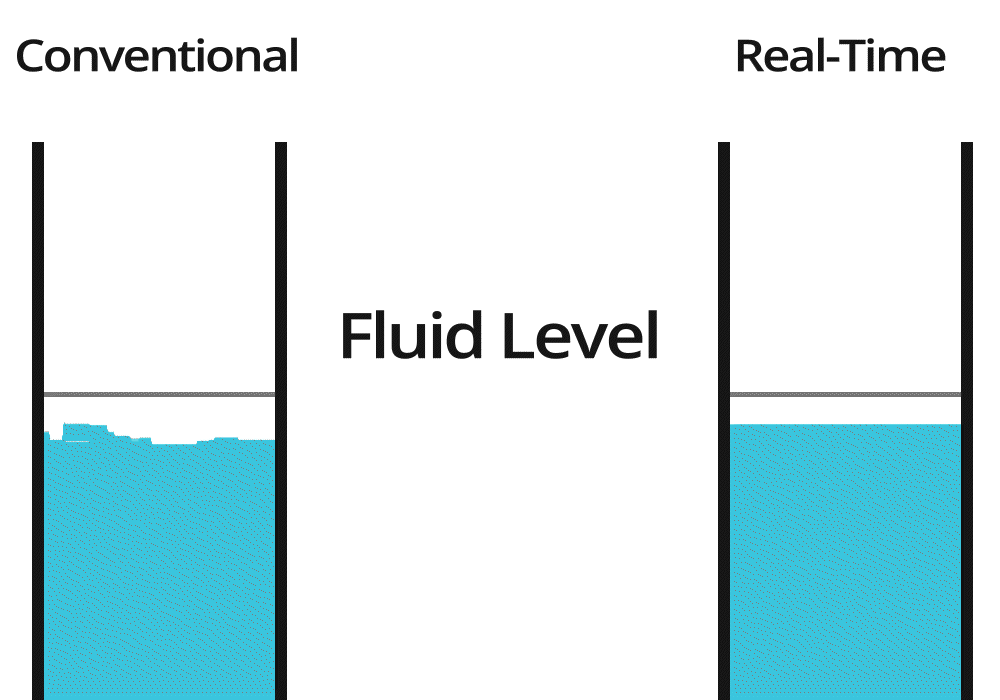
Having accurate real-time data helps connect the dots in a way that prevents voids or gaps, and enables operators to fully optimize their production. With a sample rate of up to 10 times a second, a real-time downhole gauge can enable automated optimizations to production.
Below we will explore some of the major areas in which real-time downhole monitoring helps operators maximize production.
Maximizing Well Drawdown
Based on the completion configuration & downhole data analysis, if a well is not producing to its capability operators can choose to upsize the tubing/pump. This decision-making process usually involves seeing a downward trend in production and then taking corrective measures to try and optimize for the reservoir. It would also involve few days of lost production to carry out the workover and static tests in the absence of downhole gauges.
With a real-time downhole gauge system installed, these trends are easily identifiable during the course of production and do not require additional downtime.
Another advantage of having a downhole gauge during the downward trend of a well’s production is instead of working within the estimated safe limits of operation, we can push the current configuration of the pumps to their maximum capacity by operating at the top of the safe limit. With continuous monitoring, the effects of maximizing production and any possible red flags can be identified immediately allowing operators to protect equiptment and prevent an adverse reaction within the reservoir or completion.
This results in a higher rate of production right before a planned workover, and a higher yield after the workover as well. This can all be achieved without any extended or unplanned downtime because of an unexpected failure.
After modifying the pump configuration, a real-time downhole monitoring system will provide a comprehensive analysis of how the system is performing and help to provide a baseline assessment of new standard operational parameters such as pressure/RPM/load/torque etc…
Artificial Lift Automation
With the integration of a real-time downhole monitoring system, live data can be used to automate tasks with a high level of precision. Rather than have an operator adjust settings periodically, a computer can perfectly adjust artificial lift settings to optimize for maximum production 24/7.
In addition to our industry-leading downhole gauges, we also have developed some state-of-the-art data acquisition, storage, and analytical systems, which are capable of providing predictive analytical support to clients and enable on-site automation. One such example is speed & RPM control of pumps based on well and reservoir dynamics. Another example is pump survivability analysis and pump workflows to analyze data.
Our GEO AI Apollo software has been developed to serve as a tool for operators who are looking for cutting-edge artificial intelligence and operational optics which will enable things such as artificial lift automation on any well site.
Maximize Online Time
Monitoring downhole conditions in real-time helps to control drawdown by controlling sand production, scale production, and excessive gas production (oil wells).
It also helps in keeping artificial lift systems operating 24/7 vs. intermittently resulting in:
- Longer run life
- Increased daily production
- Reduced likelihood of inefficiencies (timers)
- No start/stop situations to allow for potential re-start issues to occur
- Proactive planning for well intervention based on well performance
Application Results
Below is a graphical representation of how much production optimization is required to break even the cost of a downhole monitoring system in only 1 year. Shortly after the 1 year payout this system will result in greater production and higher profitability for the remainder of the life of the well.
% Increase In Daily Oil Production To Payout Downhole Monitoring System In 1 Year
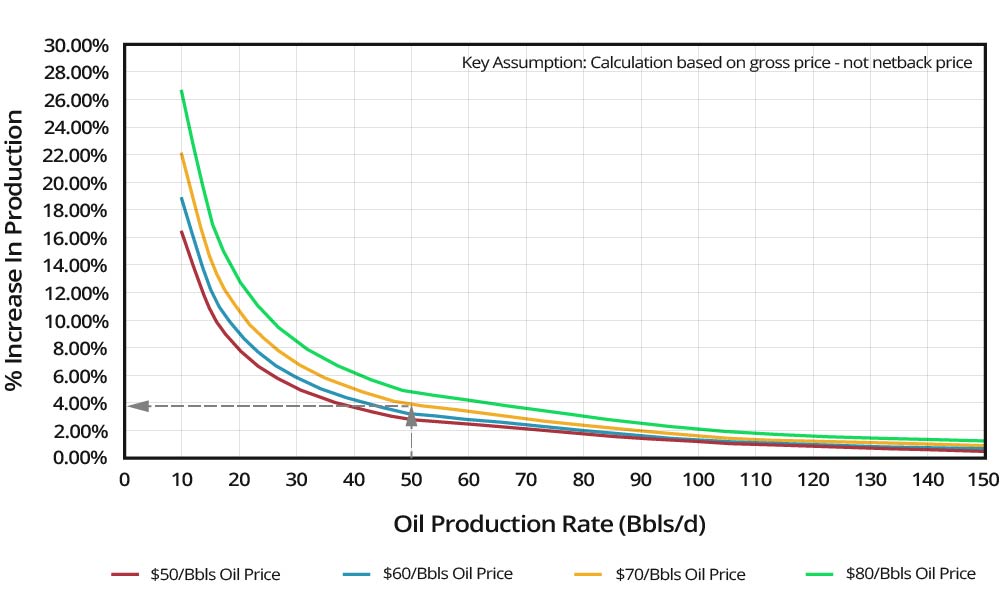
Calculations provided by Blaine Pike -Petroleum Engineering Consultant
From the graph for a modest 50 Bbls/d oil well, a WTI $70/Bbls oil price (current oil price at the time of writing this is hovering around $74, and a US$50,000 downhole monitoring system only a 3.92% increase in production rate is required to pay for the system in 1 year
3.92% is roughly equivalent to 1.92 Bbls/d which is very achievable, even for a low yielding 50Bbls/d well. It isn’t uncommon for our customers to see far greater improvements than this!
For a 100 Bbls/d oil well at the same price, this number reduces further to only a 1.96% production increment being needed to break even on the cost of the system in 1 year. This translates to a modest 1.96 Bbl/d increment in a 100Bbl/d well.
Conclusion
As you can see by the examples above, the potential benefit of running a real-time downhole monitoring system is massive, all with a relatively small initial investment relative to the cost of developing the oilfield. While the added value of a downhole monitoring system can pay for itself very quickly, the long-term value is immense, resulting in higher profits and greater recovery for producers. With our industry-leading reliability, our systems are designed to last the life of the well and operate as an integral piece of any artificial lift system.
We have been fortunate to see the many benefits of real-time downhole monitoring from our clients firsthand and look forward to sharing more in our upcoming posts.
If you would like to know more about how real-time data from our downhole monitoring solutions can help you maximize production we encourage you to contact us!
Share This:

